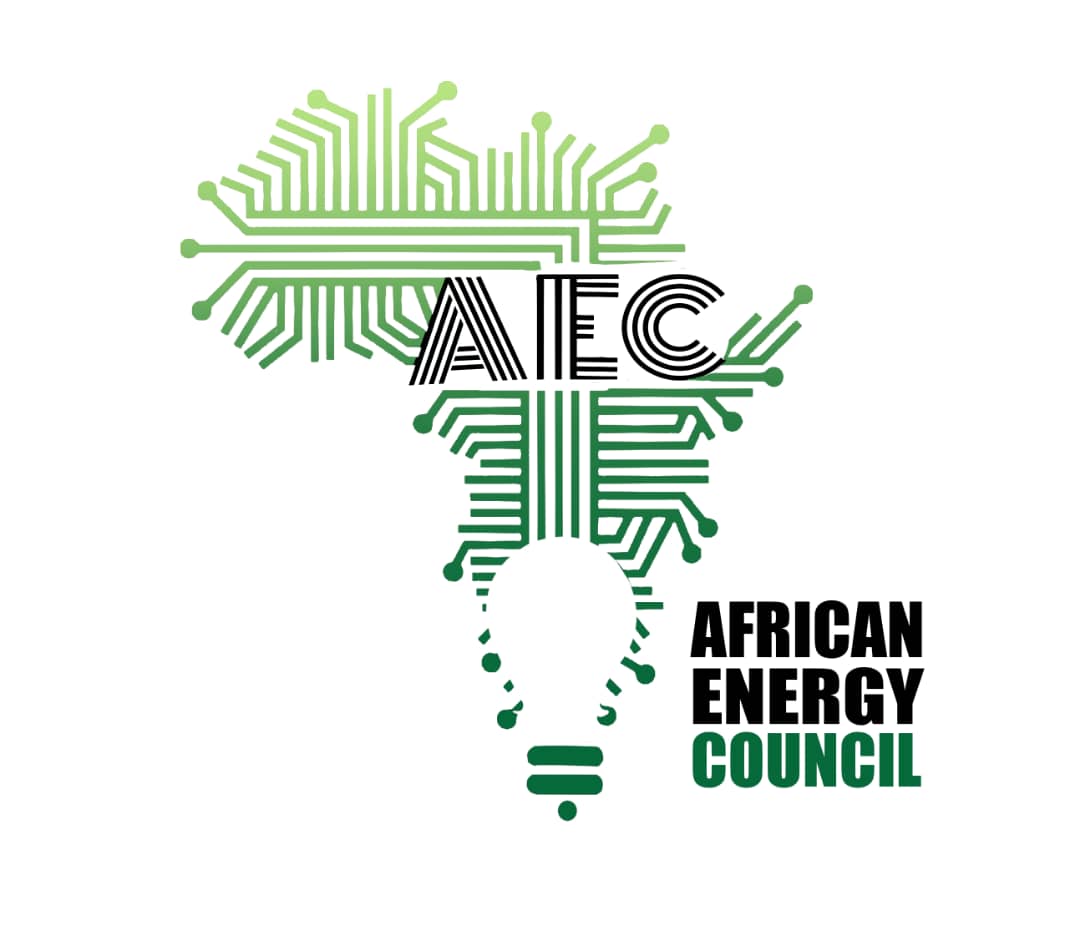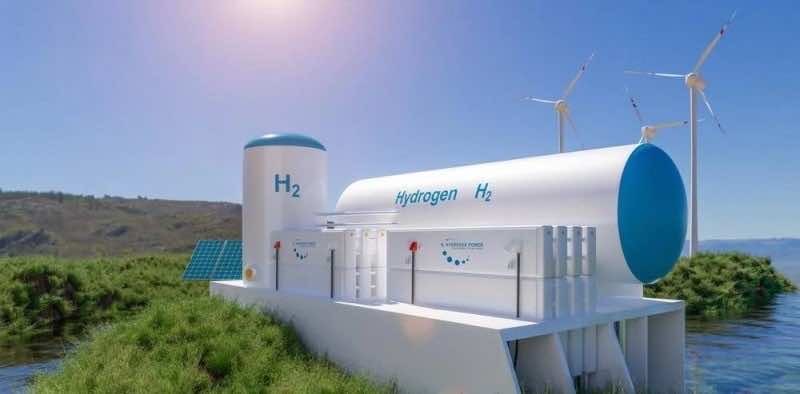Morocco has expressed intentions to establish itself as the leading player in the emerging “green hydrogen” sector in North Africa, with aspirations to export this environmentally friendly fuel to Europe. Green hydrogen is regarded as a clean energy source that can aid in the global transition away from fossil fuels and the mitigation of atmospheric carbon emissions in the fight against global warming.
Morocco, which already runs large solar power plants, also hopes to harness green hydrogen—the kind made without burning fossil fuels—for its sizeable fertiliser sector.
Around 1.5 million acres (6,000 square kilometres) of public land—nearly the size of Kuwait—have been set aside for green hydrogen and ammonia plants, the economy ministry says.
King Mohammed VI has hailed a national green hydrogen plan dubbed l’Offre Maroc (the Moroccan Offer) and called for its “rapid and qualitative implementation”.
Speaking in July, before the country’s earthquake disaster, he said Morocco must take advantage of “the projects supported by international investors in this promising sector”.
Local media have reported about investment plans by Australian, British, French, German, and Indian companies.
Hydrogen can be extracted from water by passing a strong electrical current through it.
This separates the hydrogen from the oxygen, a process called electrolysis.
If the power used is clean, such as solar or wind, the fuel is called “green hydrogen”, which is itself emission-free when burned.
But there are problems: hydrogen is highly explosive and hard to store and transport. This has set back hydrogen fuel cell cars in the race against electric vehicles using lithium-ion batteries.
However, experts say green hydrogen also has a big role to play in decarbonising energy-intensive industries that cannot easily be electrified, such as steel, cement, and chemicals.
Powering blast furnaces with hydrogen, for example, offers the promise of making “green steel”.
Hydrogen can also be converted into ammonia, either to store energy or as a major input in synthetic fertilisers.
Morocco is already a major player in the global fertiliser market, thanks mainly to its immense phosphate reserves.
It profited after fertiliser shortages sparked by Russia’s invasion of Ukraine sent prices up to 1,000 euros ($1,060) per tonne.
Morocco’s state phosphate office has announced plans to quickly produce a million metric tonnes of “green ammonia” from green hydrogen and triple the amount by 2032.
Analysts caution that Morocco still has some way to go with its ambitious green fertiliser plans.
The sector is “embryonic, and the large global projects will not see the light of day until three to five years from now”, said Samir Rachidi, director of the Moroccan research institute Iresen.
Morocco’s advantage is that it has already bet heavily on clean energy over the past 15 years.
Solar, wind, and other clean energy make up 38 percent of production, and the goal is to reach 52 percent by 2030.
For now, green hydrogen is more expensive than the highly polluting “brown hydrogen” made using coal or “grey hydrogen” produced from natural gas.
“The goal is to keep green hydrogen production below $1-$2 per kilogramme,” Ahmed Reda Chami, president of the Economic, Social, and Environmental Counsel, told the weekly La Vie Eco.
Rachidi of Iresen said water-scarce Morocco must also step up the desalination of seawater for the process.
It must build “an industrial value chain that begins with seawater desalinization plants for electrolysis, electricity storage, transportation, and hydrogen marketing”, he said.
Morocco, facing droughts that threaten its farm sector, has announced plans to build seven new desalination plants in addition to its existing 12 facilities.
Morocco is vying in the competition for green hydrogen alongside neighbouring countries in the region, spanning from Egypt to Mauritania. Deloitte, a business consulting firm, has forecasted that North Africa is poised to become the foremost exporter of green hydrogen globally by 2050, leading to a significant reshuffling of the global energy landscape.

